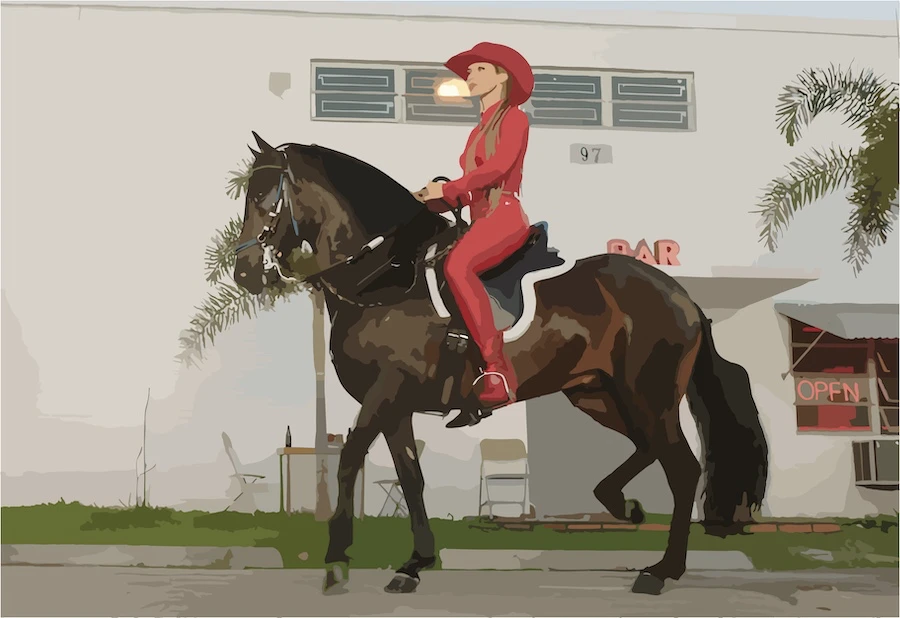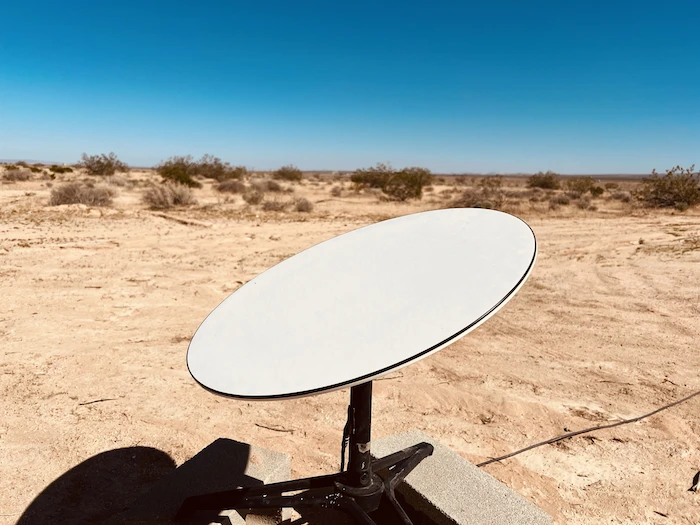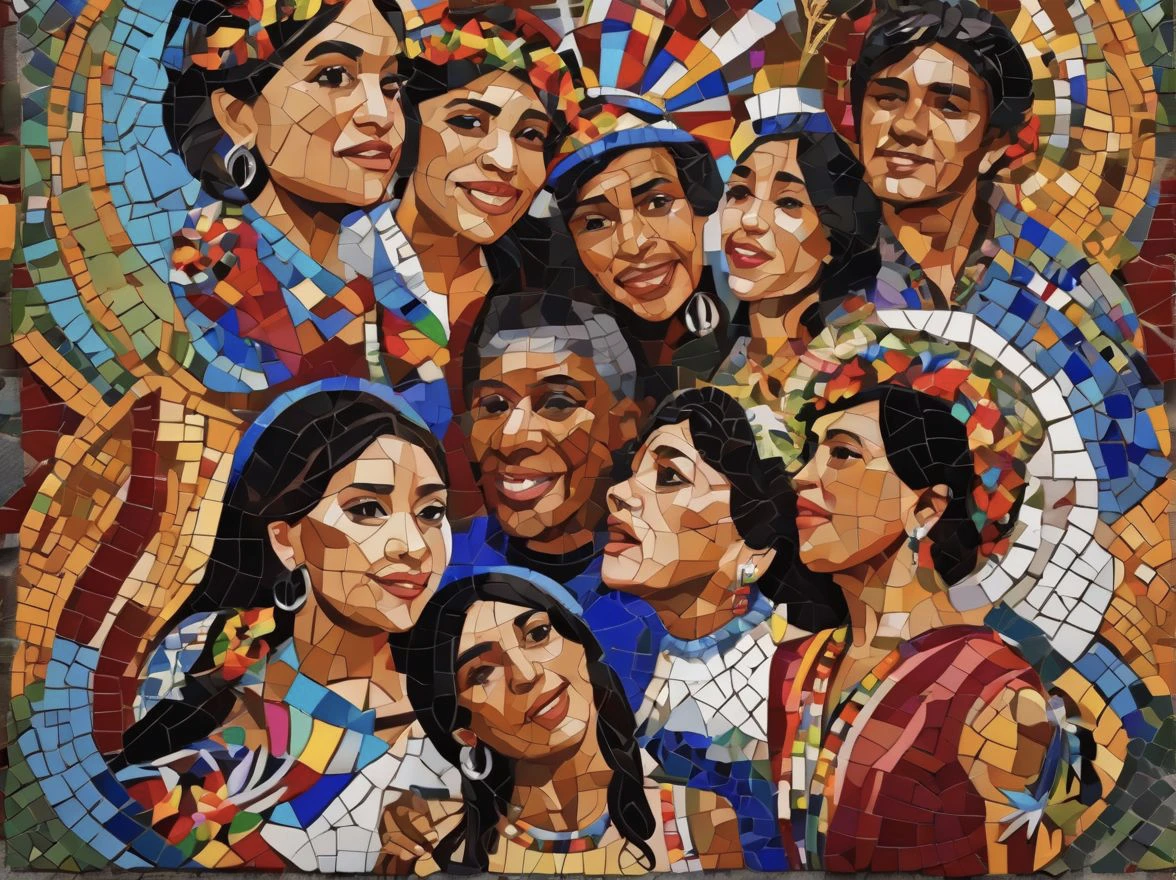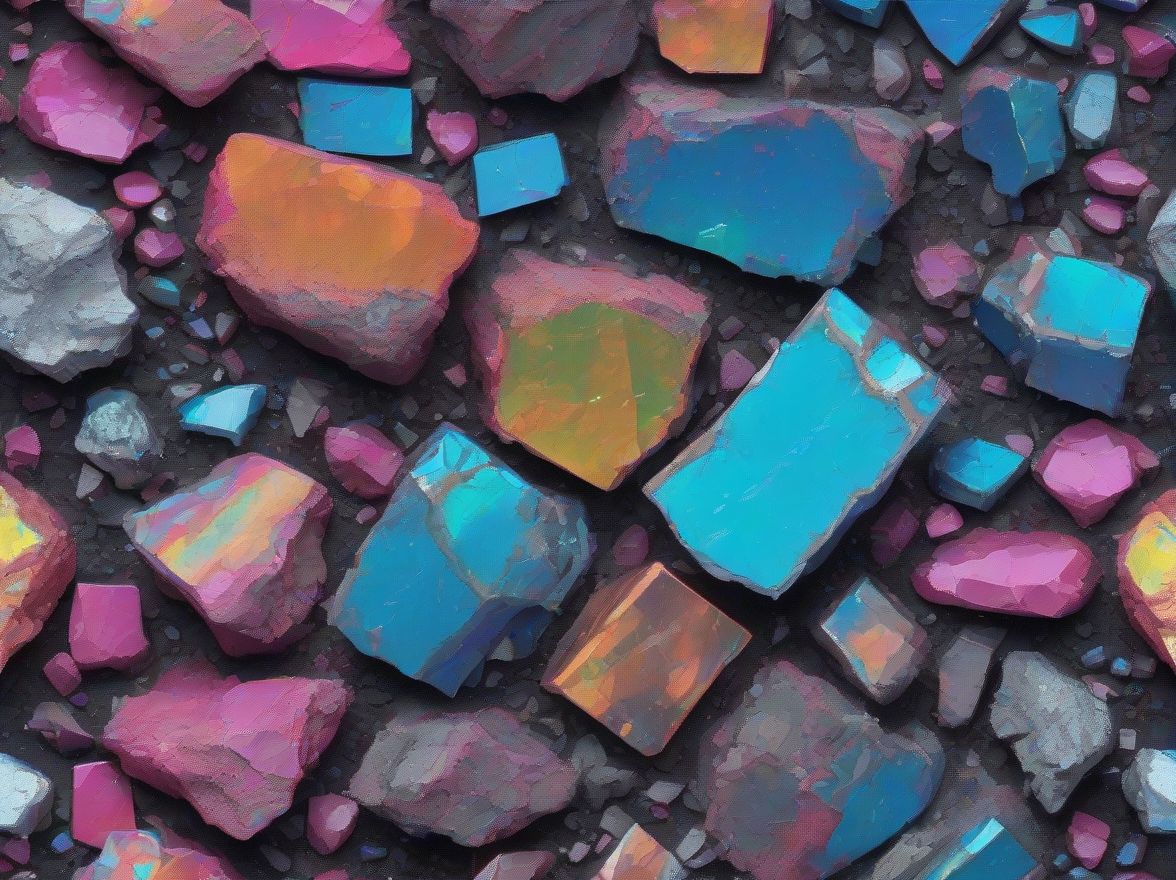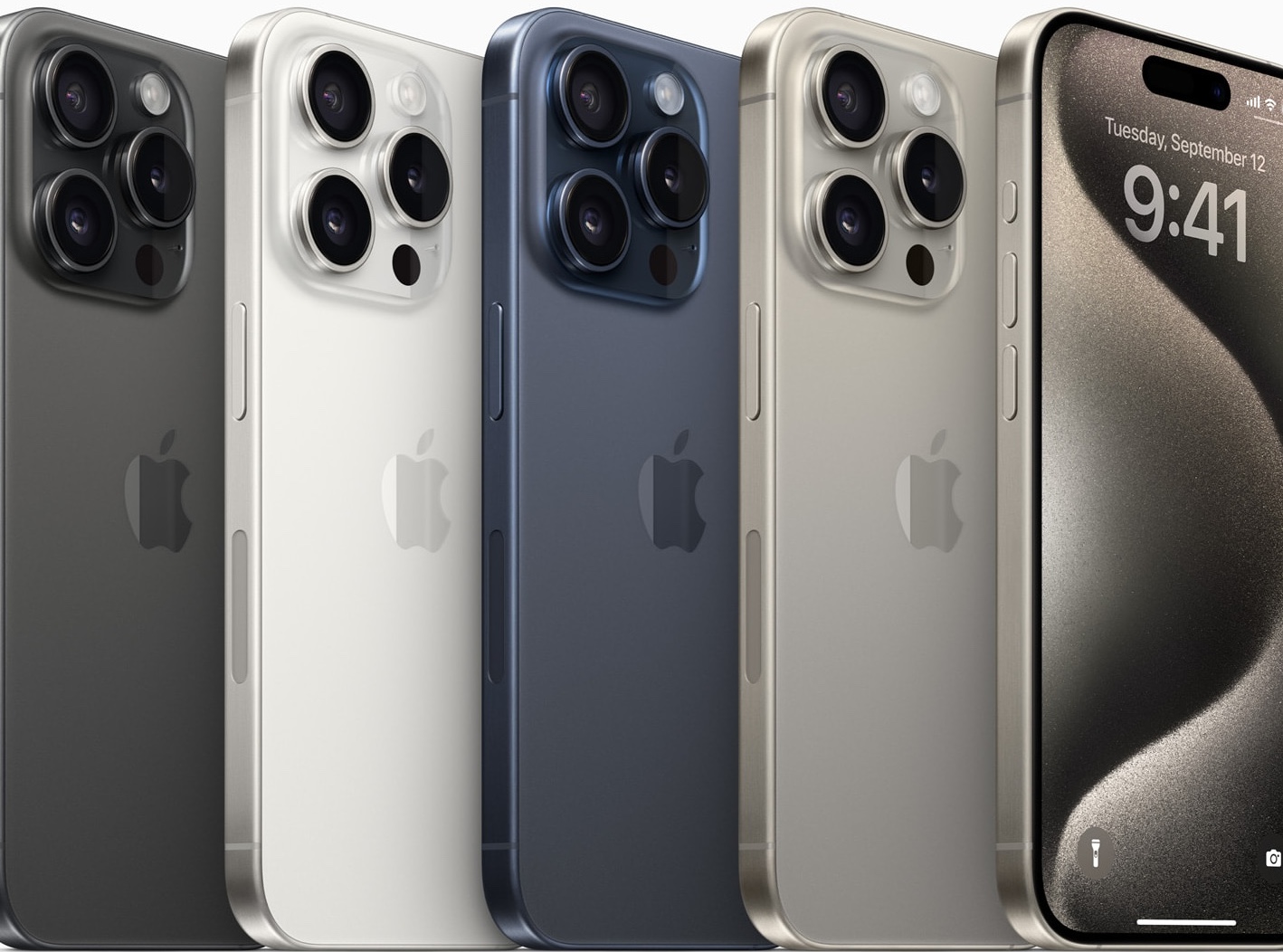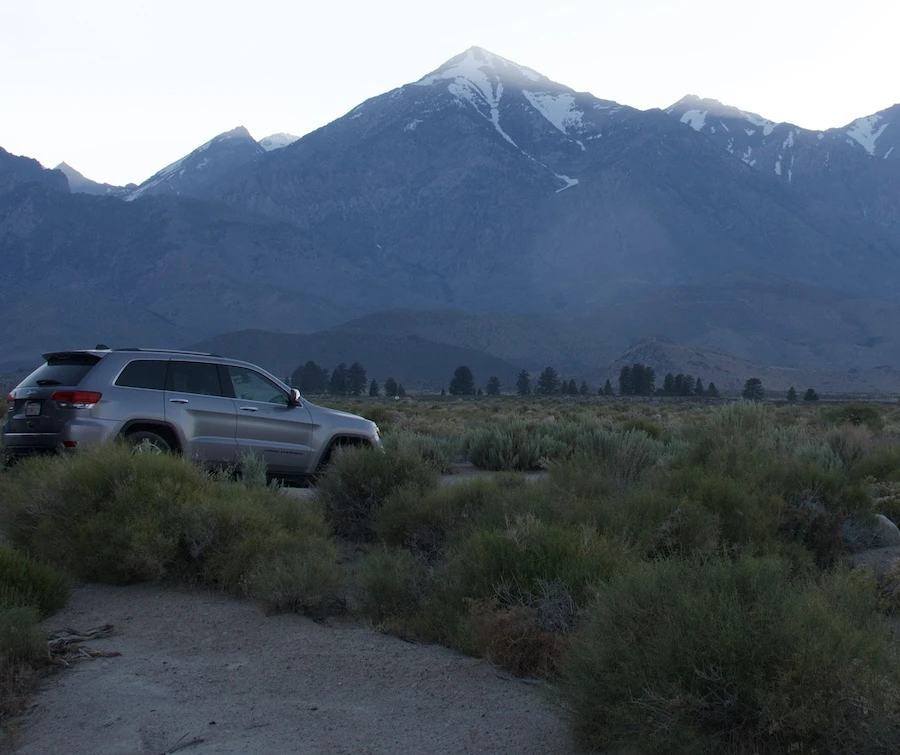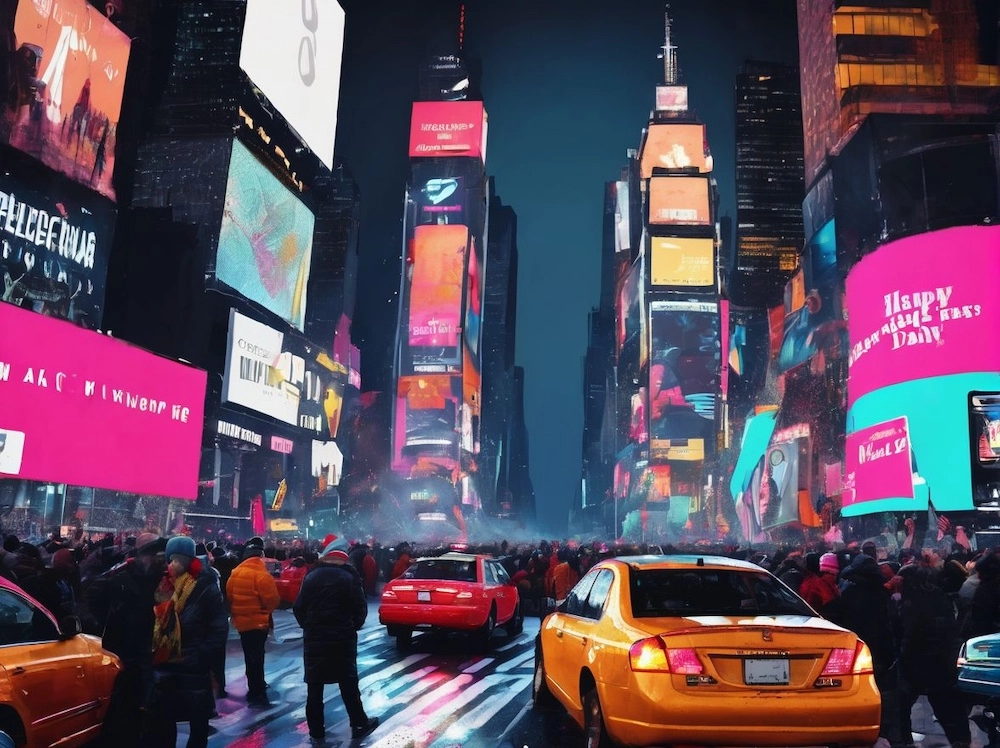September 16, 2023- 3RD OF 3
Navigating the Digital Landscape: .com Era vs. Social Media Era
In the ever-evolving world of the internet, two distinct eras have shaped how we interact, share information, and establish our online presence: the .com era and the social media era. Each era has its unique characteristics, and understanding them can help us make informed choices about where to share our content.
The .com Era (Late 1990s - Early 2000s)
In the late 1990s and early 2000s, the internet was a vastly different landscape:
Website-Centric:
The web was driven by individual websites and businesses, each striving to create a unique online presence. Having a website was a significant milestone.
Static Content:
Websites were mostly static, with limited interactivity. They served as digital brochures, presenting information but lacking user engagement features.
Traffic Generation:
Website owners relied on search engines and direct URLs for traffic. Search engine optimization (SEO) was crucial for visibility and attracting visitors.
Control:
Website owners enjoyed substantial control over their content, branding, and user experience. Websites were like digital storefronts where you could design the layout as you pleased.
The Social Media Era (Mid-2000s to Present)
Fast forward to the mid-2000s, and the rise of social media transformed the digital landscape:
Platform-Centric:
Social media platforms such as Facebook, Twitter, Instagram, and TikTok have taken center stage. People now spend a significant portion of their online time on these platforms, connecting with friends and consuming content.
Dynamic Content:
Social media platforms encourage dynamic, multimedia content, including text, images, videos, and live streams. Engagement and interaction are key.
Traffic Diversification:
Social media platforms offer built-in audiences, making it easier to reach people. However, algorithms and policies can influence the visibility of your content.
Limited Control:
Users have less control over the algorithms governing content visibility. Algorithm changes can impact how widely your posts are seen.
Why Share Content on Your Own Website vs. Social Media
Now, let's explore why you might consider sharing content on your own website rather than solely relying on social media:
1. Ownership and Control:
Your website gives you complete control over content, design, and user experience, free from platform policies and algorithm shifts.
2. Long-Term Sustainability:
While social media platforms come and go in popularity, your website provides a stable, long-term online presence.
3. Branding and Customization:
Your website allows you to customize branding and user experiences, reflecting your unique identity, unlike social media profiles that often adhere to platform design standards.
**4. Data and Analytics:**
With your website, you can directly gather valuable user data, enabling you to tailor your strategies based on your audience's behavior.
5. Monetization Opportunities:
You have more freedom to explore diverse monetization options on your website, such as selling products, running ads, or offering premium content.
6. SEO and Organic Traffic:
High-quality, original content on your website can attract organic traffic from search engines, providing a sustainable source of visitors.
7. Content Ownership:
On social media, your content is subject to platform rules and may be taken down or restricted. On your website, you retain full ownership.
In conclusion, while the .com era and social media era each have their merits, many individuals and businesses find success in a balanced approach. They use social media to harness its reach and engagement potential while maintaining a central online presence on their websites. Your choice should align with your goals, available resources, and the preferences of your target audience in this ever-evolving digital landscape.











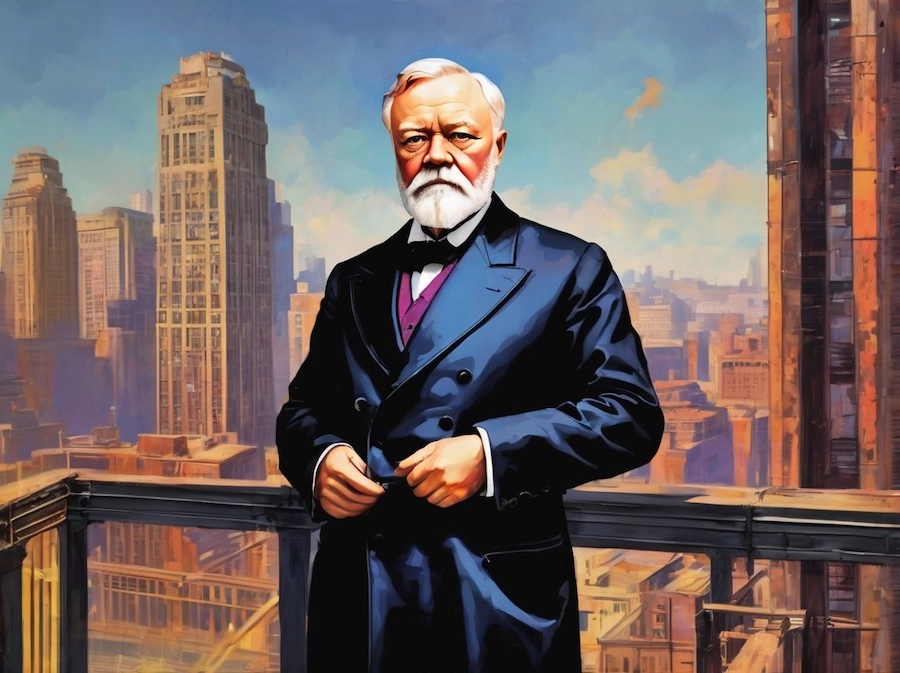








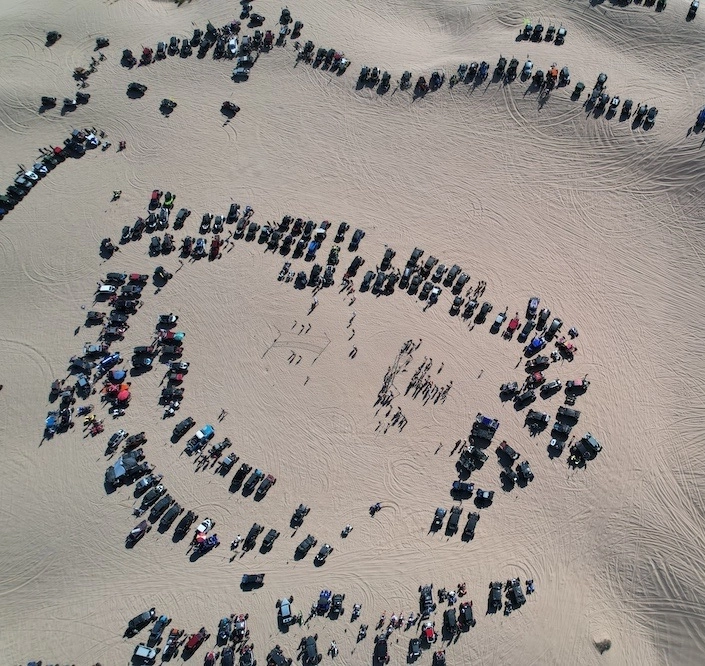














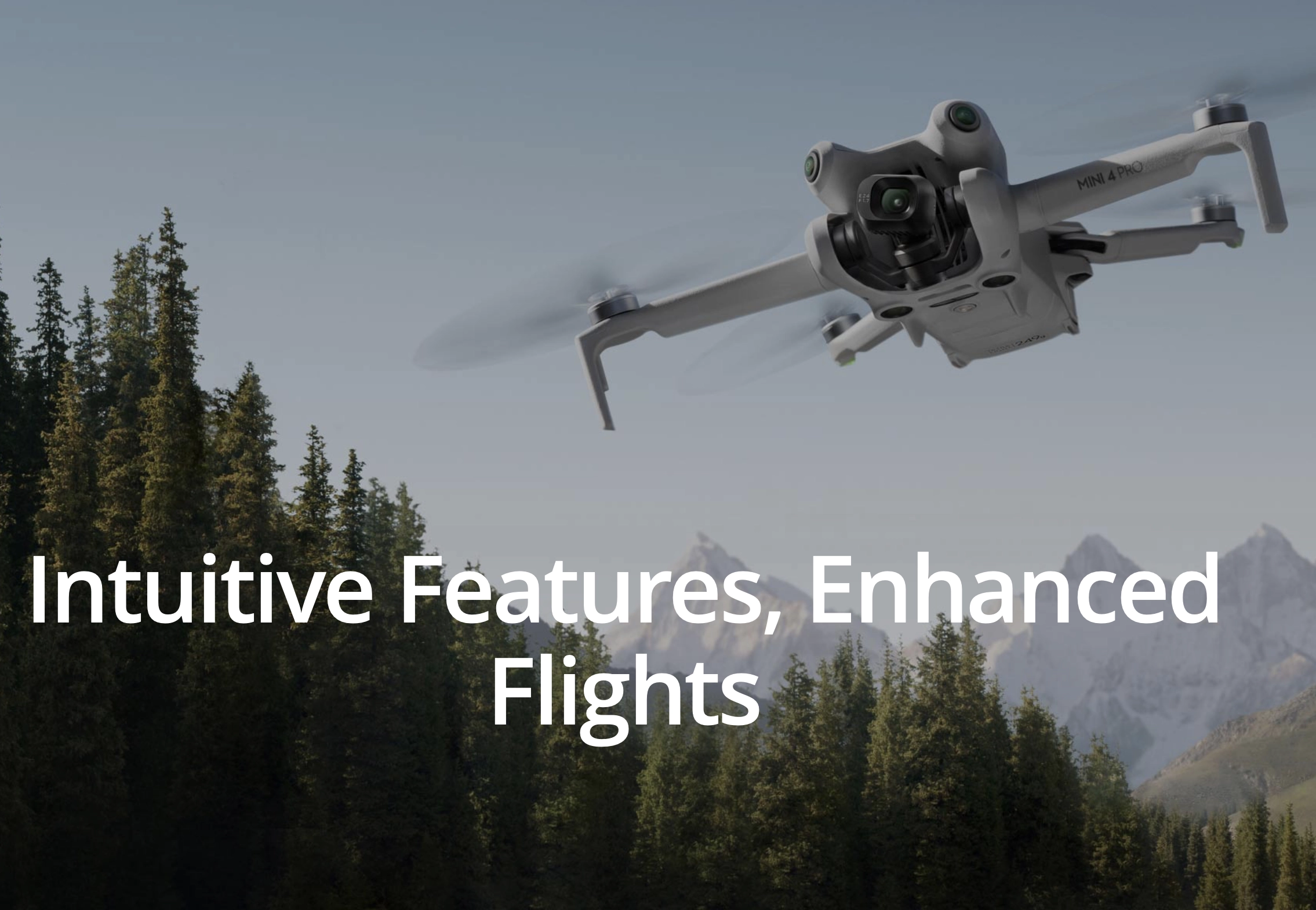



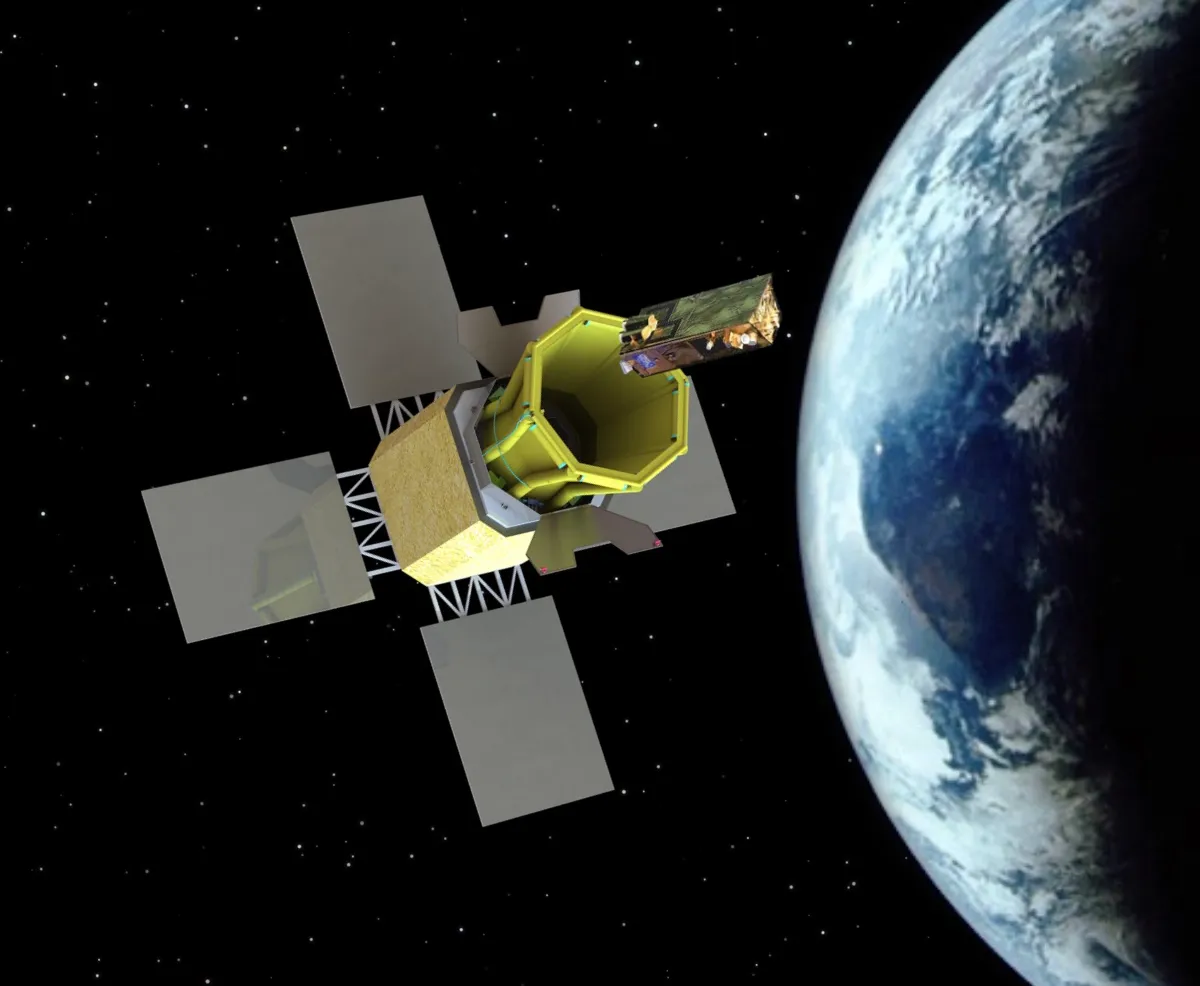


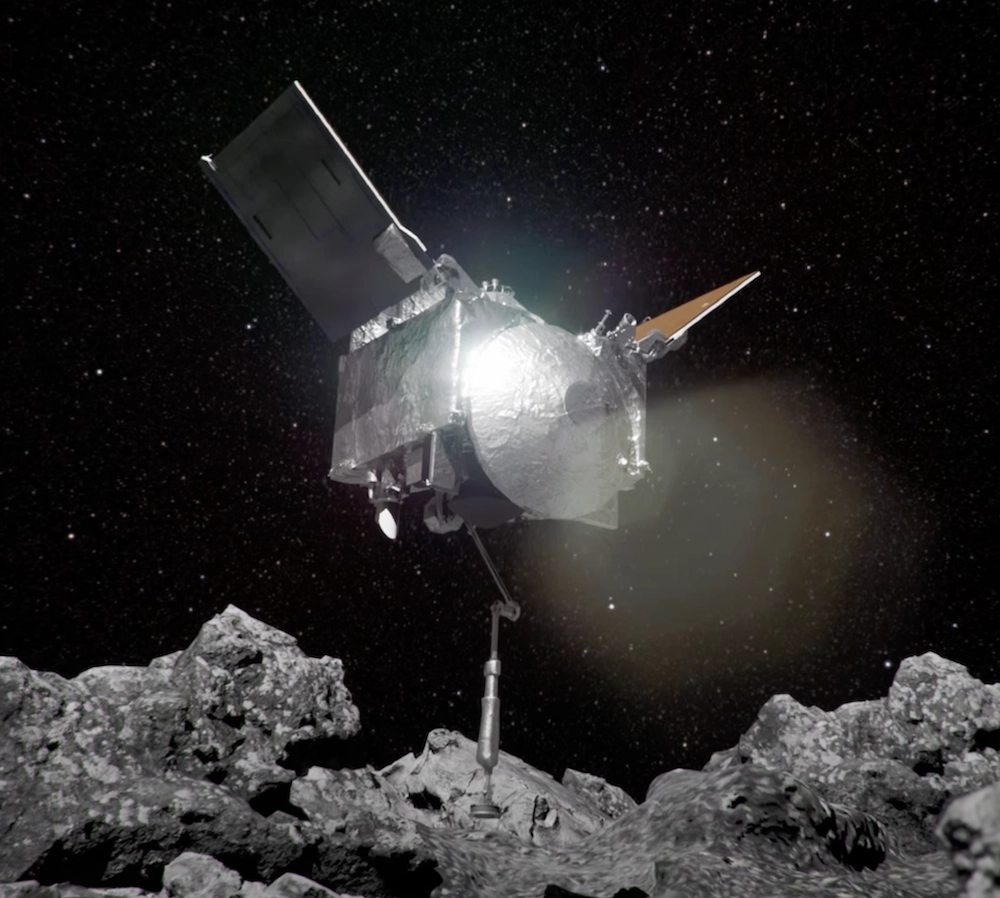

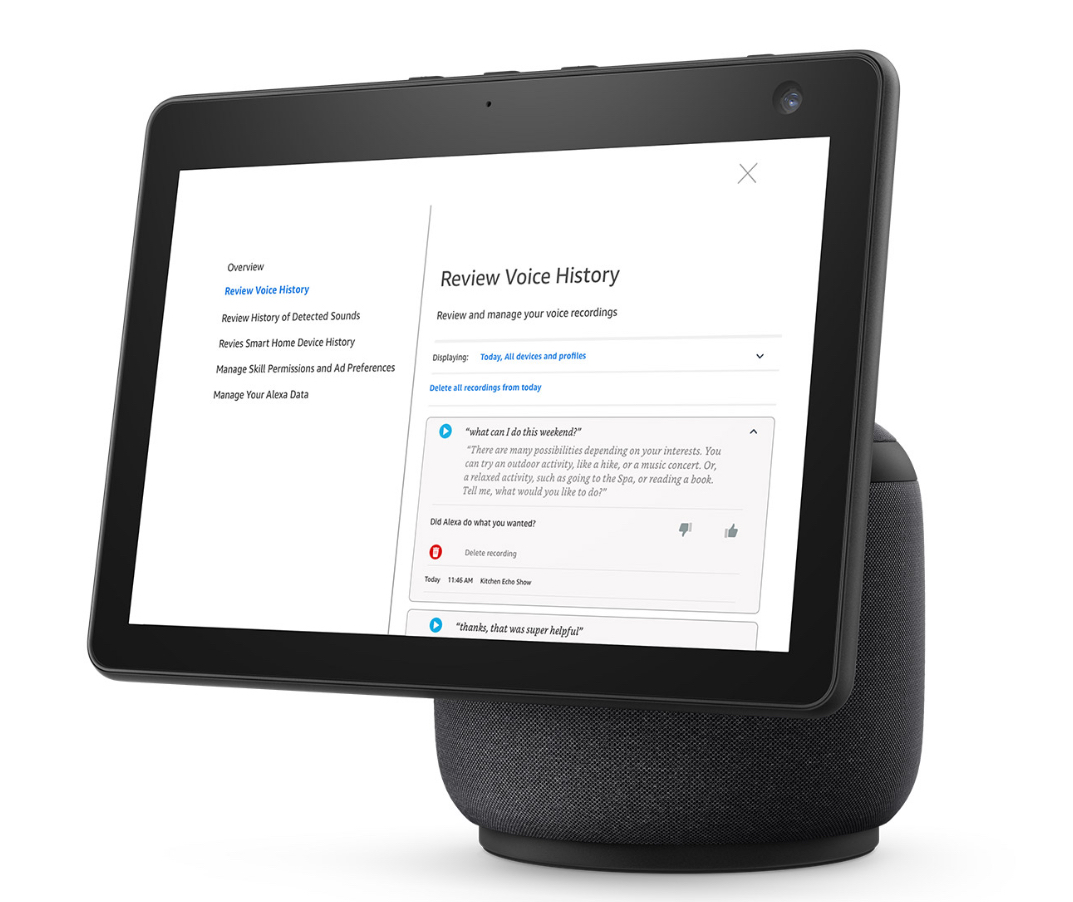



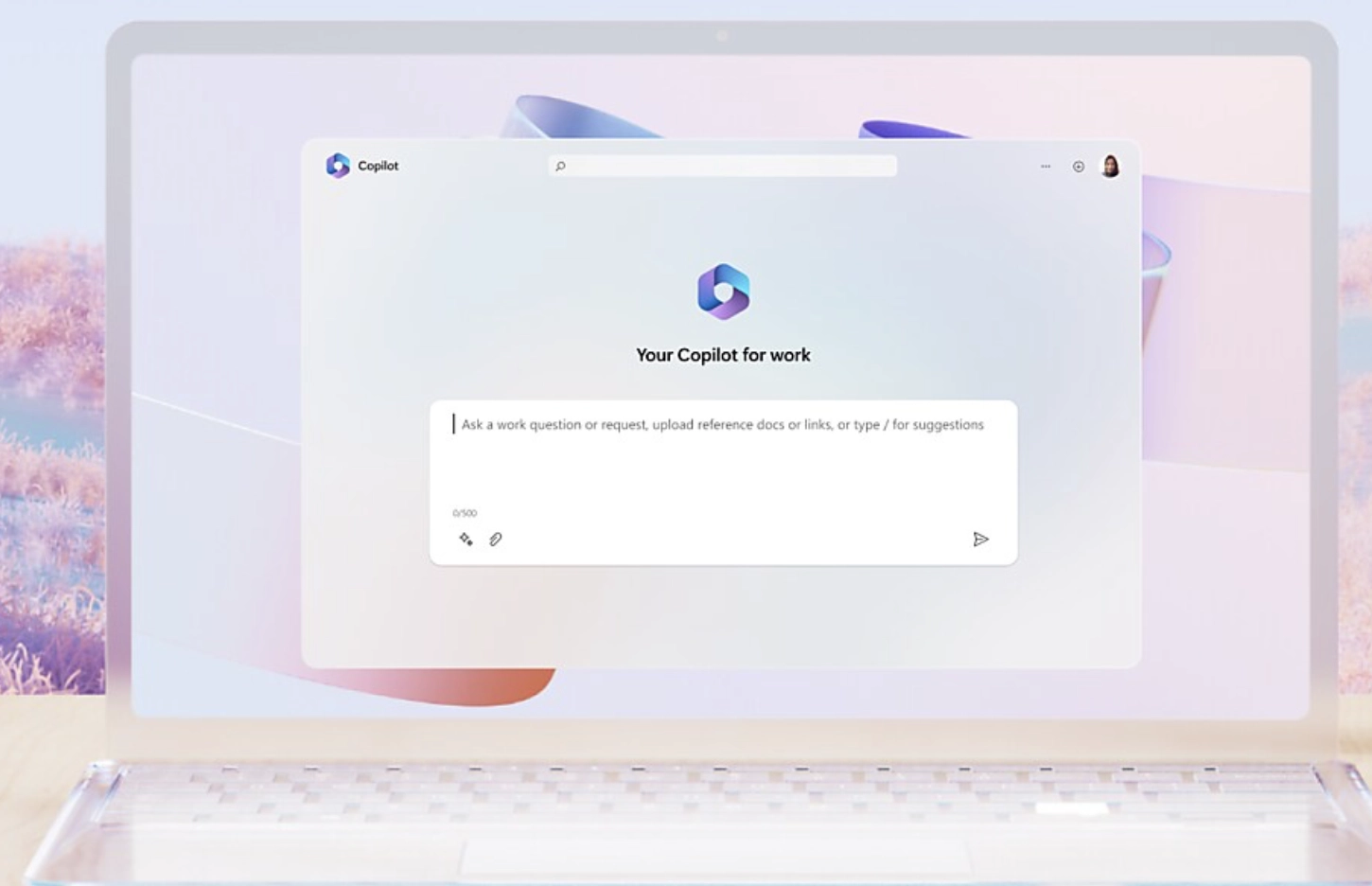

.webp)
.webp)


